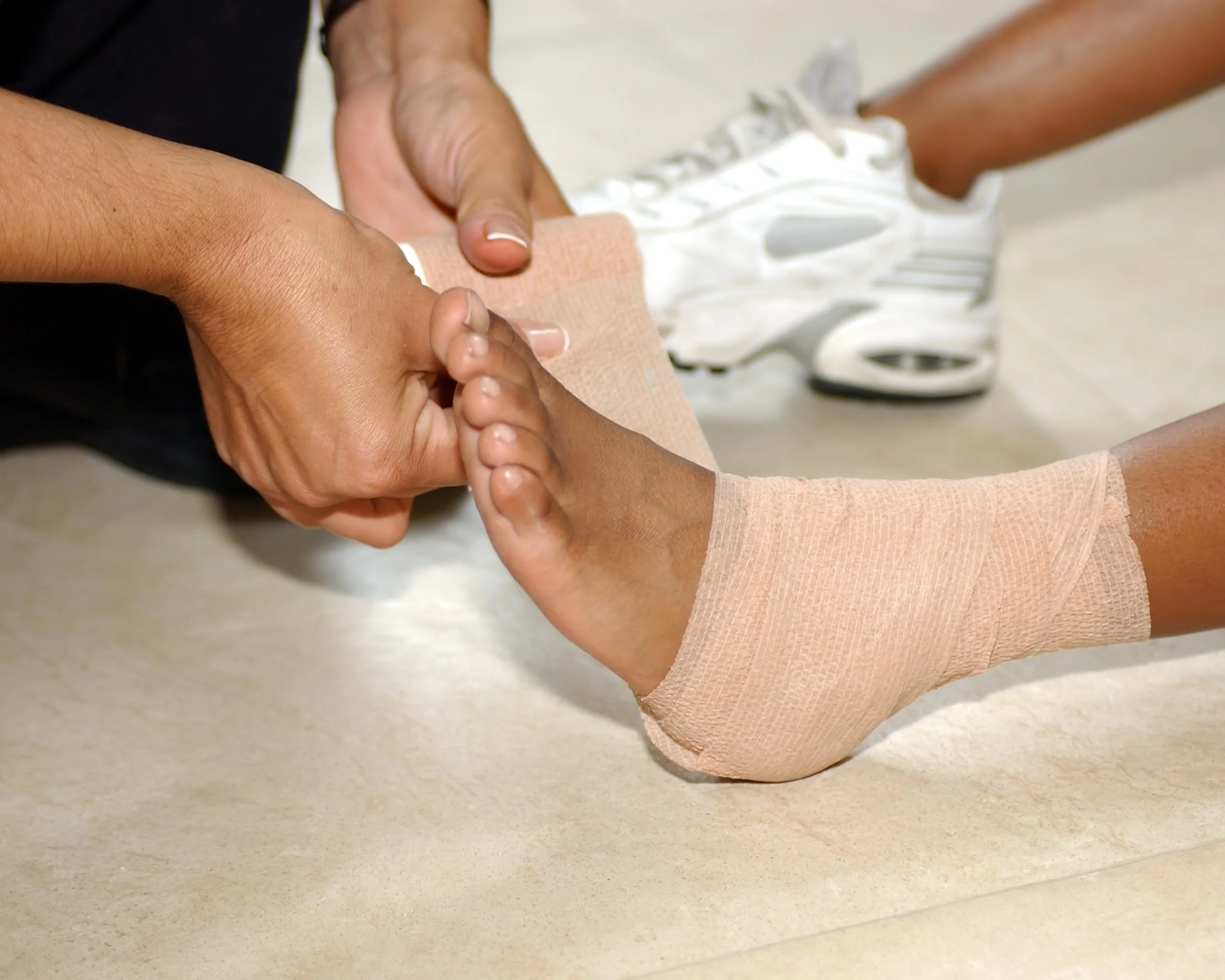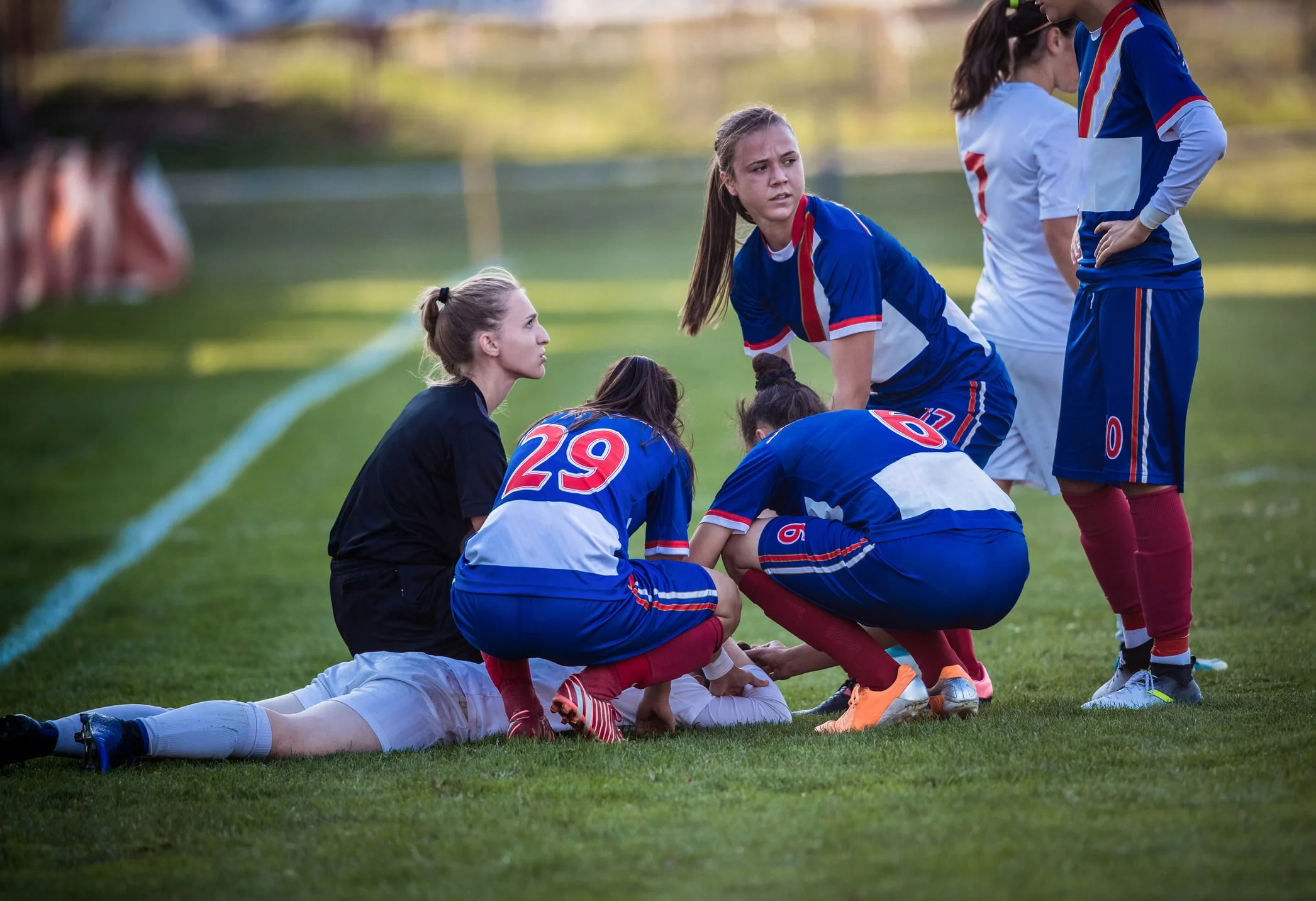The Short Answer
Suing for high school sports injuries is difficult because it’s hard to prove that the accident occurred because of negligence or a professional error. While parents typically have to pay for medical care through their health insurance, supplemental benefits may be available through the school system in case of catastrophic injuries.
Key Takeaways
- Private health insurance pays for most expenses related to sports injuries.
- Schools carry supplemental accident insurance to cover remaining expenses.
- Catastrophic athletic accident insurance is available for severe injuries.
- Proving negligence is difficult due to assumed risk, waivers, and governmental immunity.
- Schools and coaches can still be held responsible for improper training, dangerous equipment, and other errors.
- Paying for High School Sports Injury Treatment
- Does School Insurance Cover Sports Injuries?
- Who’s Responsible for Sports Injuries?
- Why Are High School Sports Injury Lawsuits Dismissed So Often?
- Proving Negligence for Sports Injuries in North Carolina
- Do I Need a High School Sports Injury Lawyer?
- Call Our North Carolina Law Firm to Discuss Your Sports Injury Case
- High School Sports Injury FAQs
- Related Articles & Info
Paying for High School Sports Injury Treatment
Playing sports is a great American tradition. It leads to friendships, fitness, and transferable skills that help students succeed later in life. When it comes to injuries on the field or during practice, it’s not a question of if they will happen but when. According to the CDC, more than 2.6 million children aged 19 and younger receive emergency medical treatment for injuries related to sports and recreational activities annually. About 30-50% of student-athletes experience at least 1 injury per season. While some injuries are easy to recover from, others can have long-lasting consequences that may require surgery or affect the student’s ability to play sports in the future.
Usually, if your child is injured in school sporting events, your health insurance is going to cover their medical bills and treatment. You may be eligible to receive up to your policy limits, though this does not account for copays, deductibles, and coinsurance, which fall on you to pay out-of-pocket.
Due to the high cost of medical care, some parents seek to file a third-party claim under the organization sponsoring the sporting event, but this can be problematic. Courts will often dismiss these claims if you cannot meet the high standard of proof showing that someone’s error caused the injury. Insurance companies may also fight to have your case dismissed as they want to pay out as little as possible.
Does School Insurance Cover Sports Injuries?

In some cases, schools have secondary insurance policies to cover injury-related expenses that aren’t picked up by the student’s health insurance, such as deductibles and copays. Initial coverage for sports injuries up to a certain dollar amount may be available through the school’s basic student accident insurance.
All schools that are part of the North Carolina High School Athletic Association, including public, private, and charter schools, must purchase catastrophic accident insurance to cover severe injuries. It also covers accidents that occur while players are traveling to school-sponsored sporting events.
Who’s Responsible for Sports Injuries?
Liability for high school sports injuries depends on several factors, including the nature of the injury, where it happened, and who was involved. Here’s a detailed breakdown of common entities that might be responsible.
- Schools: The school or school district may be liable for hiring untrained staff, ignoring safety protocols, or failing to maintain sports facilities.
- Staff: Coaches and trainers may be responsible for overworking student-athletes, overlooking signs of injury, or leading unsafe drills.
- Medical Providers: Health care providers could be liable for misdiagnosing injuries, delaying treatment, or failing to respond during an emergency.
- Equipment Manufacturers: Dangerous or defective equipment, including fitness machines and safety gear, can cause new or worsened injuries.
- Gym Owners: If the injury occurred due to unsafe conditions in a rented gym or stadium, the property owner could be liable.
- Opponents: Opposing teams and players are sometimes guilty of causing intentional harm to athletes during competition.

Why Are High School Sports Injury Lawsuits Dismissed So Often?
Personal injury lawsuits are sometimes necessary to seek full compensation for a player’s injuries. However, they are difficult to win due to the unpredictable nature of team and individual sports. Injuries can occur at any time, and usually, they’re not intentional. If the injury occurred during the normal course of a sporting event, it’s challenging to prove that the school, coaches, or other players were at fault. Here are a few reasons why sports injury cases are so difficult to win.
- Assumption of Risk: One of the main defenses is that players acknowledge the possible risk of injury by engaging in sports.
- Sovereign Immunity: Both schools and coaches may have some degree of immunity from lawsuits due to their connection to the local government.
- Negligence and Cause: It’s very difficult to prove negligence in sports injury cases. Typically, schools and coaches are not directly responsible for any harm that players experience on the field.
- Waivers and Parental Consent: Most schools have parents sign waivers acknowledging the dangers of participating in sports, which may limit liability.
Proving Negligence for Sports Injuries in North Carolina
To hold a school or organization liable for a sports injury, you must prove negligence. You need to show that the school or coaching staff made an error or promoted reckless or illegal behavior. Additionally, the injury must have occurred as a direct result of the error. Here are a few examples of negligent conduct as it relates to high school sports injuries.
- Lack of proper supervision, such as leaving players unattended
- Inadequate staff training or improper coaching
- Unsafe equipment or playing conditions
- Improper or delayed medical care
- Ignoring a player’s health risks and warning signs
- Failing to enforce rules and safety regulations
Do I Need a High School Sports Injury Lawyer?
While you may not need a lawyer to deal with minor injuries, it’s worth seeking legal advice and potentially retaining an attorney if the injuries are severe or if you believe the school or coaching staff were negligent. Here’s how an attorney can help.
- Determining liability and/or negligence
- Understanding liability waivers
- Investigating the facts of the accident
- Assessing school insurance coverage
- Evaluating damages and expenses
- Negotiating with insurance companies
- Communicating with school officials
- Helping you understand your rights
Call Our North Carolina Law Firm to Discuss Your Sports Injury Case
If your child participates in high school sports, there’s always the possibility that you will get the call that they have sustained an injury during a game or at practice. If that happens, it’s important to understand your rights when it comes to seeking compensation for medical care and other expenses. With the right information, you can advocate for your child and ensure you’re seeking help with their best interests in mind. If your high schooler was injured while playing sports, contact our North Carolina personal injury law firm to discuss your options today. We have offices in Greensboro and Winston-Salem.
High School Sports Injury FAQs
How Many High School Sports Injuries Occur Annually?
According to the National Athletic Trainers’ Association, high school athletes experience 2 million injuries every year. These events require more than 200,000 doctor’s visits and 30,000 trips to the emergency room. Traumatic brain injuries, concussions, muscle tears, sprains, and bone fractures are among the injuries that require immediate medical care.
What Are the Most Common Sports Injuries?
The most common sports injuries include muscle strains, sprains, dislocations, overuse injuries, concussions, and broken bones. Certain sports are associated with specific injuries. For example, shoulder injuries are common in baseball, and basketball players often experience jammed fingers.
What High School Sports Are the Most Dangerous?
Unsurprisingly, football has the highest rate of student injuries, followed by soccer, wrestling, basketball, cheerleading, and volleyball. Baseball, softball, and swimming have slightly lower rates of injury. In general, female athletes experience more frequent injuries, but this depends on the sport.
How Long Do I Have to File a Sports Injury Lawsuit?
In North Carolina, there’s a 3-year statute of limitations for personal injuries from the date of the accident or the time that the injury was discovered. However, for minors, this time limit does not begin until their 18th birthday, giving them up to age 21 to file a lawsuit.
Related Articles & Info
- How Can Pain & Suffering Impact My Personal Injury Case?
- How You Can Get a Fair Settlement From an Insurance Adjuster After an Accident
- How Will Your Lexington, NC, Personal Injury Attorney Handle Your Injury Claim?
- What You Need To Do To Prevent Traumatic Brain Injuries
- 5 Questions To Ask When Meeting a North Carolina Personal Injury Attorney for the First Time



